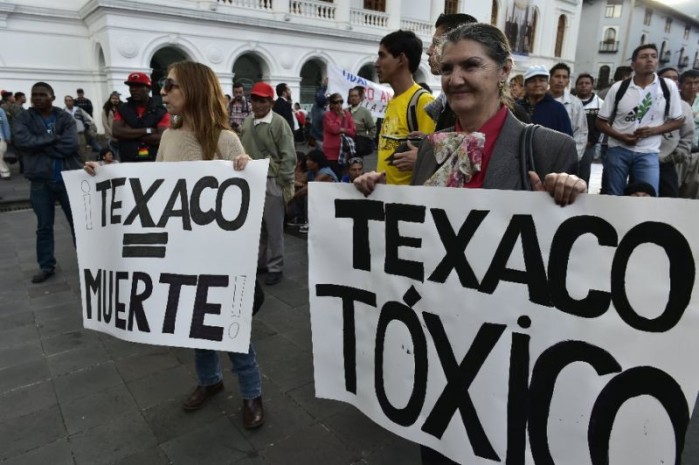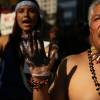Caso Chevron
Chevron v. Ecuador decision: Breaking Bad or Breaking ISDS?
The arbitration tribunal's decision is the most definitive statement of the culpability of Ecuador vis a vis Chevron we’ve seen.
Medium 18/09/2018

Photo: Medium
Last month, an arbitration tribunal convened under the US-Ecuador investment treaty produced a long-awaited award in the case of Chevron v. Ecuador.
The 521-page award is neither the beginning nor the end of the dispute between the oil giant and the Latin American nation, which has been running in some capacity or another for decades, with this particular investment treaty phase dating to 2009.
It is, however, the most definitive statement of the culpability of Ecuador vis a vis Chevron we’ve seen, as interpreted by the trio of V.V. Veeder (a UK national), Vaughan Lowe (another UK national), and Horacio Grigera Naon (an Argentine national).
Breaking Bad in the Amazon
The background is much too tangled to fully recount here. The major events are Texaco (later bought by Chevron) operating in and allegedly polluting Ecuador from the 1960s to the 1980s, lawyer Steven Donziger launching a case on behalf of Texaco’s alleged victims in 1993, and the case moving from US courts in 2003 to Ecuador, and eventually back to US courts in 2011. Over the course of these moves, a David and Goliath story morphs into Breaking Bad, as Donziger goes from being a champion of the underdog to a more morally compromised figure.
According to apparently undisputed facts in a 127-page decision from 2016 of the U.S. Court of Appeals for the Second Circuit, once the case was in Ecuador, Donziger and associates:
- Attempted to intimidate Chevron into settling by trumpeting a huge remediation cost estimate based on what the academic consulted called “scientific wild ass guesses”;
- Got experts to water down methodology when some pollution was found to likely not be caused by Texaco;
Read more here
Fuente OriginalNotas relacionadas
-
 International Court Slaps Down Ecuador For Fraud In Chevron Shakedown
International Court Slaps Down Ecuador For Fraud In Chevron Shakedown -
 The Global Lawyer: Chevron, Ecuador and contempt for truth The Global Lawyer: Chevron, Ecuador and contempt for truth
The Global Lawyer: Chevron, Ecuador and contempt for truth The Global Lawyer: Chevron, Ecuador and contempt for truth -
 Donziger Facing Prosecution in Chevron Saga
Donziger Facing Prosecution in Chevron Saga -
 Peter Foster: The 'fraud of the century' finally reaches the end of the line after clogging up our court system for 7 years
Peter Foster: The 'fraud of the century' finally reaches the end of the line after clogging up our court system for 7 years -
 The Canadian Version Of The Chevron Shakedown Is Officially Dead And Buried
The Canadian Version Of The Chevron Shakedown Is Officially Dead And Buried -
 Demandantes ecuatorianos desisten de demanda fraudulenta contra Chevron en Canadá
Demandantes ecuatorianos desisten de demanda fraudulenta contra Chevron en Canadá
